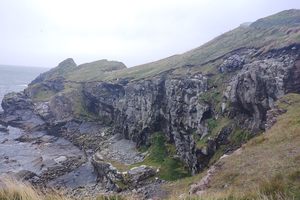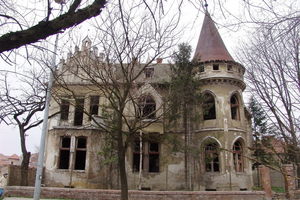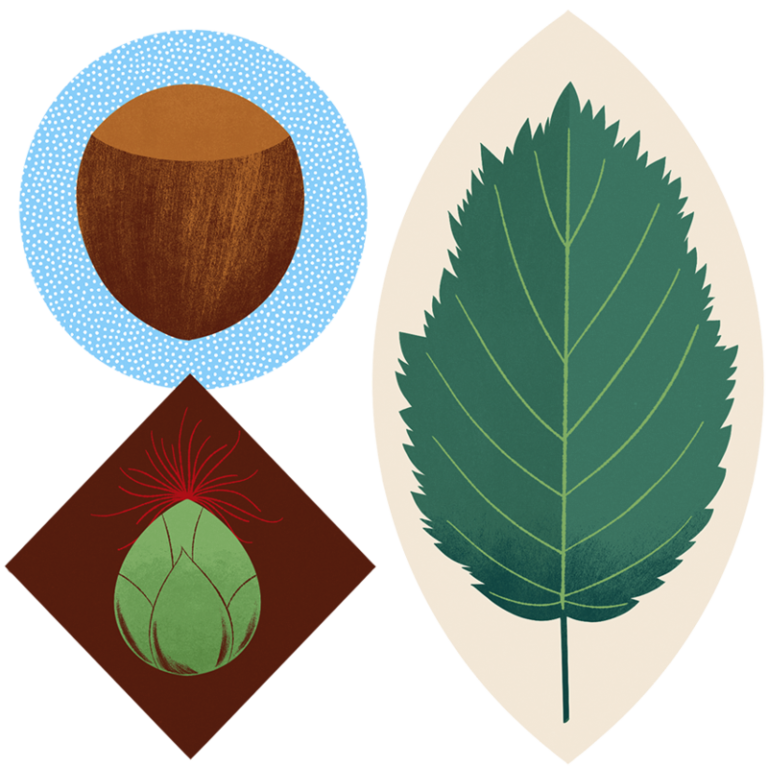The Dutchman’s Leap in Lerwick, Scotland

To this day, fishing and seafood represent a very significant part of Shetland’s economy. The main fish caught from the North Sea and Atlantic Ocean waters surrounding the archipelago include herring, cod, and mackerel. The first of these has been historically very popular in the Netherlands.
Between the early 17th and late 19th-centuries, Dutch fishing fleets chasing after the bountiful herring and other valuable shoals off the coast of Shetland would often dock in Lerwick during the summer. Large groups of Dutchmen who used the small town as a port lead to many cultural exchanges and trade, particularly in Shetland textiles. Additionally, the fishermen would find entertainment with the most iconic of the archipelago’s animals, the Shetland pony.
Riding Shetland ponies was a popular pastime for the fishermen, who relished time on land after long periods at sea. Local crofters (farmers) would often oblige, especially as their ponies would be rented for races and general amusement. Despite their size, Shetland ponies are known as notoriously hardy, and adults can ride them without major issues, at least most of the time.
The Knab is a promontory in Lerwick that juts out into the sea. One of the small bays that it forms has a feature known as The Dutchman’s Leap. According to legends, one fisherman failed to control his pony and both fell down the cliffside into the waters below.
The nearby Lerwick cemetery does feature several tombs for Dutch fishermen who died on the islands or at sea, but it does seem that the story eventually became an urban legend to Shetlanders and Netherlanders alike.





